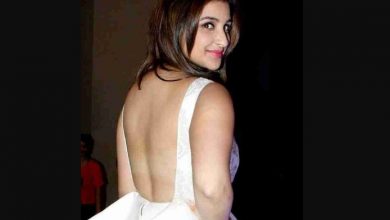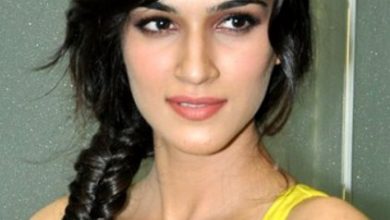Sonakshi Sinha Bra Size & Body Measurements

Sonakshi Sinha is a character in the award-winning book of the same name, written by Rajkumar Sinha. In this book, the first autobiography of a politician of Indian origin, Sonakshi Sinha reveals much about his childhood, rise to power and the experiences that have shaped him into a formidable public speaker and political personality. The book charts his journey from being a boy of twelve in an unsuccessful showboat family to a charismatic and popular statesman who rose from humble beginnings to become one of the most potent personalities of modern India. Sonakshi Sinha is a biography that draws on the personal papers of a man who has gone from rags to riches in the shortest span of his political career. It shows the young Rajkumar as he matured from his childhood days of struggling to survive to his adulthood of steering a nation through the many challenges it faces today.
“Sonakshi Sinha: A biography” by Rajkumar Sinha is an interesting read not just for political aficionados, historians or people interested in the media and entertainment industry. It is also a welcome addition to the public record of a famous Indian statesman, a born entrepreneur and public speaker. Although this is primarily a book about a politician, it is also a great read for anyone interested in biographies, especially biographies of people who are at the top of their game, like the erstwhile maharajas and kings, the former royalty of Maharajas. This is also a book about a legendary Bollywood actress and a controversial politician who changed the course of history, becoming the face of change in India.
Bra Size & Body Measurements
| Bra Size | 36 B |
| Waist Size | 27 Inches |
| Hips Size | 35 Inches |
| Shoe Size | 8 (US) |
| Body Measurements | 36-27-35 Inches |
The main theme of this book is the life of the politician, Sonakshi Sinha. A look at some of his key moments in office, his rise to power, the controversies that followed and some of the key people who collaborated with him in his ascent to power. The story begins with his birth in Mappila in 1913 and follows through his childhood, college and political career. There are some strange, almost comic moments, which are entertaining to a degree, but they do occasionally take a light-hearted turn. We come to know more about some of the other characters who were associated with the Congress, most notably the famous elephant in the room (BJP). What we learn about the other leaders of the Congress, is mostly relevant only to add weight to the portrait of the prime minister, Jawaharlal Nehru, who was at the time the chief minister of India.
This is a short book, just over 200 pages long, and does tend to go into greater detail about some of the lesser known players in Indian politics. For example, we learn more about Amrikesh Gopi, the fiery leader of the CPI (Maoist) who is well known today for his fiery speeches against the British. Sonakshi Sinha’s birth place is also given some interesting background, the details of which are scarce and obscure even today. I found the biographical sketch a little thin and one major lacuna was that the author did not discuss how he came to be known as Sonakshi Sinha. But then perhaps that is a minor gripe.
One of my favorite things in this memoir is when Sinha relates how he first came to know of Amrikesh Gopi, and how he used the Nandakananda incident as a catalyst to bring about revolutionary change in the party. He tells us how he had gone to Nandakananda to see the legendary dancer and had been charmed by her beauty, when he found out that she was a Congress supporter. Then inspired by this act, he gathered some of the other Congress leaders to form a committee to find a way of toppling the British from India. The committee finally suggested the name of Durga Durbar, or Golden Square, as a commemoration of the way in which Gopi and the other Congress leaders led the masses in toppling the British from India.
But in Sonakshi Sinha Biography, he does not hold back, even referring to the recent controversy over the awarding of the film “GHOST” to a lady politician, earlier known as Kalpelu Prabhu. Sinha also delves deep into the controversies surrounding the incumbent government’s policies on the minorities in India. He criticizes the Congress for its insensitivity towards the problems of the tribals. But then, I thought, most of his readership must have been based in Bihar, where the Congress has actually done a lot for the tribals. Overall, this is a fine book, and an entertaining read. Highly recommended.
































